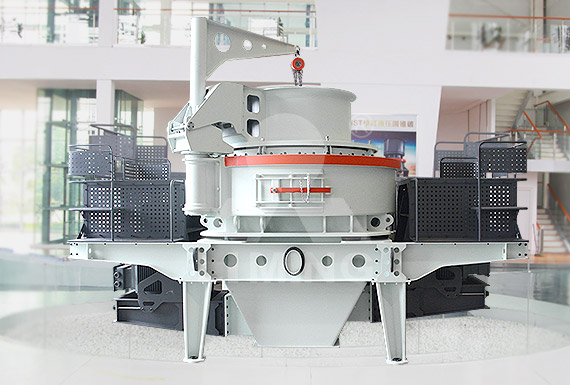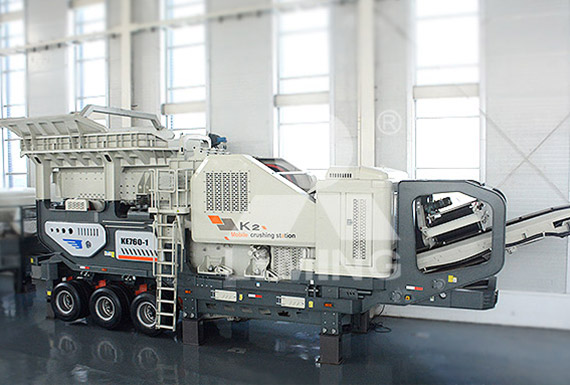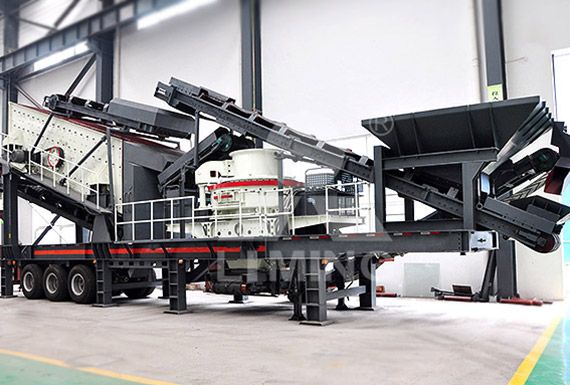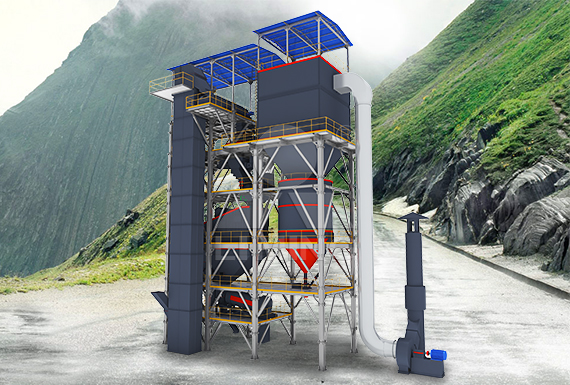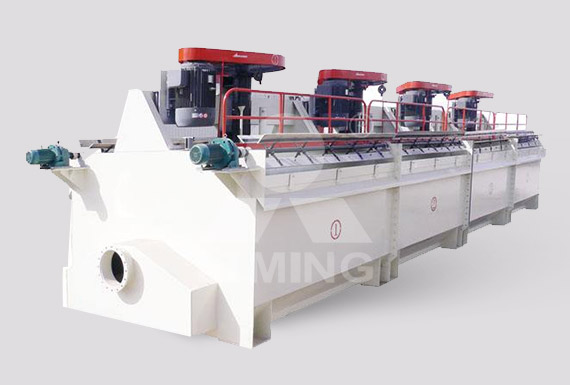المنتجات الساخنة

Specifications For CRUSHED AGGREGATE BASE COARSE #2
Crushed aggregate base coarse (Compaction Gravel) shall be purchased per standard ton with a standard ton to weight 2,000 pounds for the purpose of this contract. Material shall be ordered in full truck load lots. 3. Contractor shall proceed with delivery of crushed aggregate base coarse (Compaction Gravel) upon 12 hour notice. 4.
Contact
Long term performance of gravel base course layers in
Dec 01, 2018Performance of unbound aggregate materials crushed stone and gravel/crushed gravel bases in base course layers depends on the characteristics/properties of the individual aggregate particles and the interaction behavior of groups of particles associated/aggregated in a matrix (e.g., in base course layers).
Contact
Aggregate Base Courses Buildipedia
Aug 14, 2009In order to adequately serve their function, aggregate base course soils must contain enough larger soil particles (gravel, crushed stone) to provide strength and permeability, yet enough fine particles (clay, silt) or additives (chemical stabilizers) to maintain their cohesion and structure under loads.
Contact
Graded Base Course and Crushed Rock for Paving in New York,
Uses. Crushed rock base material for paving projects. Bridges areas and provides some stability in muddy conditions. Specs. Finely graded 1½” minus crushed rock product. Packs down tightly and holds in place very well. Tips. Meets VTRANS 704-05A specifications in accordance with AASHTO T 27 and AASHTO T 11.
Contact
SECTION 304 -- AGGREGATE BASE COURSE
2.11.1 The substitution of crushed stone meeting the requirements of crushed stone base course (fine gradation) for all or part of this item will be permitted. Construction Requirements 3.1 General. 3.1.1 Upon approval, base course materials found within the project limits may be used under the specific item in accordance with 104.04.
Contact
Crushed Rock, Top Course Gravel, Driveway Gravel near Tacoma, WA
Specs. 5/8″ minus crushed rock product. Packs down tightly and holds in place very well. Available in 50 pound bags. Comes in Kapowsin Blue. Tips. CSBC (1¼” Minus) is better for roads used by heavy equipment. Variations of CSTC include ¾” Shoulder Rock (797-1) and Maintenance Rock (795-1).
Contact
2022 Gravel Prices Crushed Stone Cost (Per Ton, Yard
Bulk crushed stone and gravel prices are $10 to $50 per ton on average. Road base costs $18 to $30 per ton, and plain pea gravel or limestone costs $28 to $45 per ton. Buying gravel in small quantities costs over $100 per ton. It takes 1.4 tons of stone per cubic yard. Gravel Cost Per Yard Bulk gravel costs $15 to $75 per yard on average.
Contact
CBR value for base-course in roadworks Soil testing
Nov 16, 2006BigH (Geotechnical) 16 Nov 06 04:05 Crushed stone base courses have a CBR >100% if I remember, offhand, this is "given" in AASHTO pavement design (else it is 80%). There is little difference between 80 and 100 or 120% as far as behaviour is concerned and I think that you can simply use the AASHTO recommendations.
Contact
GravelBase Course — Cubag
Cubag. Crushed stone or gravel, also identified as “fine bedding” or “base course”. GAP 7 (optimum 7mm) is a very fine general purpose gravel for foundati View full details. $8.99. Save 0 % Save %. Quick shop.
Contact
The Complete Guide to Crushed Stone and Gravel gra-rock
Nov 11, 2019Crushed stone: The term “crushed stone” usually refers to stone that has a mixture of stone dust in it. This type of stone is best used for a base when heavy compaction is needed. As a result, it is typically used for the base of concrete and paving projects, foundations of structures, and driveway bases.
Contact
Crushed Stone Aggregates Lehigh Hanson, Inc.
Base Coarse. Dense-graded base course refers to crushed stone aggregates with a range of particle sizes, usually 1-1/2-inch and smaller, that produce a dense layer of stone with a minimum amount of voids. Common uses for base coarse crushed stone • Foundation for asphalt pavement • Foundation for concrete pads and pavements
Contact
SPECIFICATION P–208. AGGREGATE BASE COURSE
Aggregates consist of both fine and coarse fragments of crushed stone, or crushed gravel mixed or blended with sand, screenings, or other similar approved materials. Crushed stone consists of hard, durable particles or fragments of stone. Construct base course in layers not less than 3 inches (75 mm) nor more than 6 inches (150 mm
Contact
Aggregate Base Courses Buildipedia
Aug 14, 2009In order to adequately serve their function, aggregate base course soils must contain enough larger soil particles (gravel, crushed stone) to provide strength and permeability, yet enough fine particles (clay, silt) or additives (chemical stabilizers) to maintain their cohesion and structure under loads. For this reason, aggregate base courses are usually a graded
Contact
Crushed Rock Near Puyallup, Auburn,Tacoma Washington Rock
Infrastructure Materials Top Course (5/8” Minus) and Base Course (1¼” Minus) can be used for gravel driveways and are frequently used in the construction industry as base materials for paving. We also make permeable versions of these products for pervious concrete and asphalt projects. Quarry Spalls provide a solid base for muddy roads and building foundations.
Contact
32 11 23 Aggregate Base Course Bay Area Transit
AGGREGATE BASE COURSES PART 1 GENERAL 1.01 SECTION INCLUDES A. Aggregate base material. B. Installation standards. C. Spreading of material. D. Compacting. Class 1 aggregate base shall consist of crushed stone or gravel, free from vegetable matter and other deleterious substances. Aggregate shall consist of material of
Contact
PART III -- BASE COURSES Louisiana
Specifications for Embankments and Base Course." When not specified, any of the following types may be used. (1) Soil Cement (2) Stone or Crushed Slag (3) Cement Stabilized Sand-Clay-Gravel (4) Asphaltic Concrete Base Course on Treated
Contact
CBR value for base-course in roadworks Soil testing
Nov 16, 2006Crushed stone base courses have a CBR >100% if I remember, offhand, this is "given" in AASHTO pavement design (else it is 80%). There is little difference between 80 and 100 or 120% as far as behaviour is concerned and I think that you can simply use the AASHTO recommendations. Most specifications I have seen for natural sand and gravel
Contact
Division 4 Bases 2022 Standard Specifications for Road,
Crushed surfacing top course, base course, ballast, and gravel base, when mixed at a central plant, will be measured by the ton. The weight of water added at the plant will be deducted on a daily basis from the total tonnage of aggregates, including water, placed that day which were processed through the central plant and placed on the Roadway.
Contact
ITEM P-209 CRUSHED AGGREGATE BASE COURSE
209-1.1 This item consists of a base course composed of crushed aggregates constructed on a prepared course in accordance with these specifications and in conformity to the dimensions and typical cross sections shown on the plans. MATERIALS 209-2.1 AGGREGATE. Aggregates shall consist of clean, sound, durable particles of crushed stone, or
Contact
Crushed Rock (1-1/4 Minus) Reece Aggregates and Recycling
1-1/4" minus crushed rock, also known as crushed surfacing base course (CSBC), packs tightly and holds in place, making it the primary base material for heavily trafficked roadways. We supply over 35 rock, sand, gravel, and landscaping products to meet the needs of your projectS. Reece is also an asphalt and concrete recycling plant and
Contact
Calculate Base Material Cubic Yard (or Feet) to Tons
2. Select Base Material. #73 Crushed Limestone. 6" Minus Base Limerock. Baserock Limestone. Baserock Limestone 3/4" minus. Commercial Limerock. Crusher Run. Crusher Run 3/8" minus.
Contact
Chapter 4 Bases Washington State Department of
When gravel base is specified in the contract, the Contractor may request, in writing, that gravel borrow be used in lieu of gravel base. When gravel borrow is substituted for gravel base, the top 0.10 feet of gravel borrow shall be replaced with 0.10 feet of crushed surfacing top course (CSTC). Testing and sampling frequencies will be as
Contact
GravelBase Course — Cubag
Cubag. Crushed stone or gravel, also identified as “fine bedding” or “base course”. GAP 7 (optimum 7mm) is a very fine general purpose gravel for foundati View full details. $8.99. Save 0 % Save %. Quick shop.
Contact
Aggregate Base Courses Buildipedia
Aug 14, 2009In order to adequately serve their function, aggregate base course soils must contain enough larger soil particles (gravel, crushed stone) to provide strength and permeability, yet enough fine particles (clay, silt) or additives (chemical stabilizers) to maintain their cohesion and structure under loads. For this reason, aggregate base courses are usually a graded
Contact
Crushed Rock (1-1/4 Minus) Reece Aggregates and Recycling
1-1/4" minus crushed rock, also known as crushed surfacing base course (CSBC), packs tightly and holds in place, making it the primary base material for heavily trafficked roadways. We supply over 35 rock, sand, gravel, and landscaping products to meet the needs of your projectS. Reece is also an asphalt and concrete recycling plant and
Contact
Effects of Repeated Loading on Gravel and Crushed Stone
mesh sieve; the gravel base contained 9.1 percent passing a No. 200 mesh sieve. The crushed stone was non-plastic and the gravel had a plasticity index of 3. 5 percent. The maximum dry densities, based on Standard AASHO compaction, were 139 and 140 pcf for the crushed stone and gravel, respectively. Field compaction was 101 per
Contact
Graded Base Course and Crushed Rock for Paving in New York,
Crushed rock base material for paving projects. Bridges areas and provides some stability in muddy conditions. Specs. Densely graded 3½” minus crushed rock product. Packs down tightly and holds in place very well. Tips. Meets VTRANS 704-06A specifications in accordance with AASHTO T 27 and AASHTO T 11. PricingAvailability.
Contact
Section III: Surface Gravel US EPA
for use as base or cushion material for a paved road. There are two major differences between surface gravel and base (cushion) material. Good gravel for Section III: Surface Gravel Section III: Surface Gravel 39 base courses will generally have larger top-sized stone and a very small per-centage of clay or fine material.This
Contact
CBR value for base-course in roadworks Soil testing
Nov 16, 2006Crushed stone base courses have a CBR >100% if I remember, offhand, this is "given" in AASHTO pavement design (else it is 80%). There is little difference between 80 and 100 or 120% as far as behaviour is concerned and I think that you can simply use the AASHTO recommendations. Most specifications I have seen for natural sand and gravel
Contact
SubgradesSubbases for Concrete Slabs Concrete Network
Base (or base course)—this is the layer of material on top of the subbase and directly under the slab with no clay, silt, or organic materials. Manufactured aggregate works well—crushed recycled concrete aggregate can also work well. Tolerances on the base course are +0 inches and minus 1 inch for Class 1 through 3 floors (typical low
Contact
Section 301 Base, Subbase, and Subgrade Aggregate
crushed gravel, or other construction materials that are thoroughly mixed and meet the following: 1. >= 80 percent is a combination of crushed concrete and reclaimed asphalt; where: < 90 percent is crushed concrete, or else the material is classified as crushed concrete. < 75 percent is reclaimed asphalt, or else the material is classified
Contact
Table 3602/1 CRUSHED STONE BASE AND SUBBASE:
Table 3602/1 CRUSHED STONE BASE AND SUBBASE: MATERIAL REQUIREMENTS Material TYPE OF MATERIAL Characteristic G1 G2 G3 Parent Sound rock from an approved Sound rock, boulders Sound rock, boulders or gravel material shall comply with the requirements in the project specifications. REQUIREMENTS FOR TYPES G7 TO G9 MATERIALS PROPERTY
Contact
SIEVE ANALYSIS OF FINE AND COARSE AGGREGATE
Stone Base Course Aggregate TR 112TR 113 Method C Recycled PCC Base Course Aggregate TR 112TR 113 Method C ---continued--- DOTD TR 113-15 Rev. 12/15 Page 2 of 19 Introduction TABLE 1 Testing Requirements continued Crushed Slag Base Course Aggregate TR 112TR 113 Method B Stone Aggregate Surface Course TR 112TR 113
Contact
Crushed Rock, Top Course Gravel, Driveway Gravel near Tacoma,
CSTC (5/8" Minus) Permeable Aggregate Top Course. PRODUCT CODE: 7990-1 or 7990-3. PRODUCT ORIGIN: King Creek Pit and Kapowsin Quarry. GET A QUOTE GRADATION REPORT. Info. Pricing. Uses. Used primarily on driveways and pathways that cars and light equipment will travel on. Specs. 5/8″ minus crushed rock product.
Contact
The Recommended Gravel Base for a Concrete Driveway
May 11, 2022Depending on what the driveway will be used for, the base may need to be 4 to 12 inches. Ideally, 6 inches of crushed stone or gravel should be used for most driveways. Proper application requires
Contact
What is C base gravel?
Base Gravel #3 Also called “clean stone,” this base gravel is made from machine-crushed stone and is composed of irregular rock fragments. In highway engineering, subbase is the layer of aggregate material laid on the subgrade, on which the base course layer is located. It may be omitted when there will be only foot traffic on the
Contact

